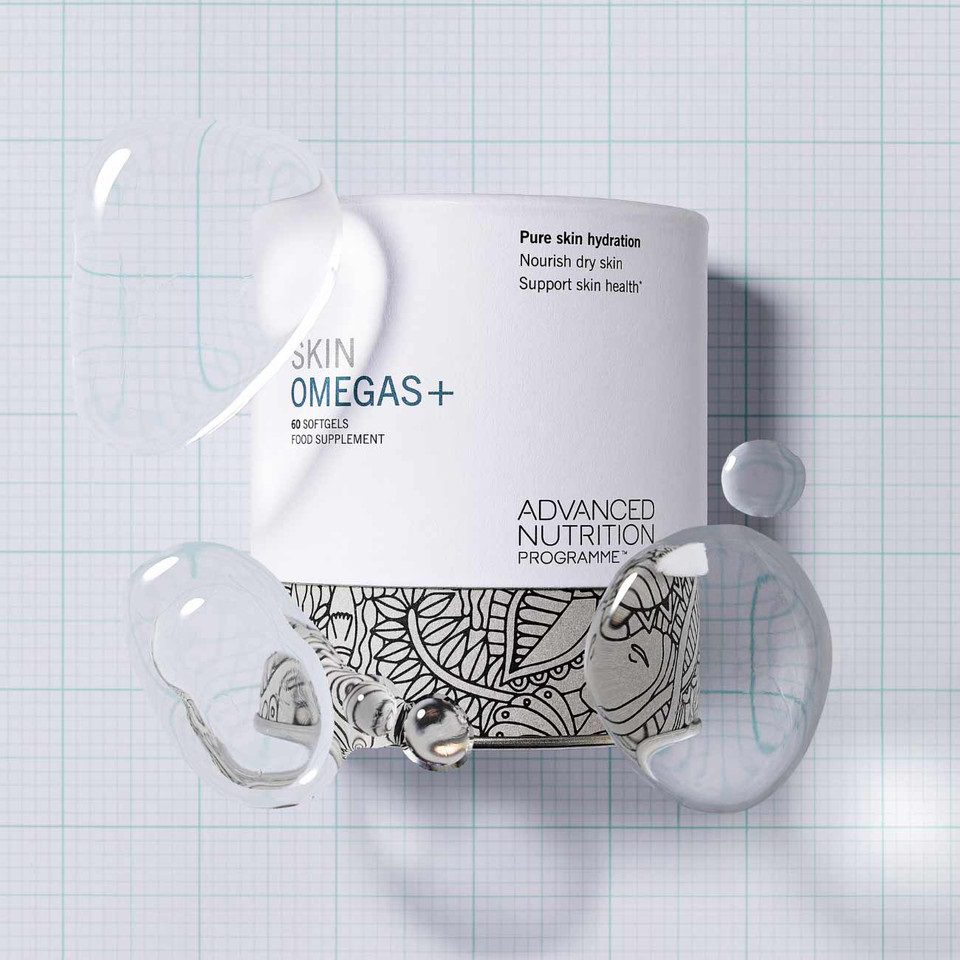Guide to Mitigating Damages with Paper Tube Packaging
In the year 2024, a staggering 87% of households engaged in online purchases, catapulting the importance of packaging as a critical commodity for businesses in the UK. As online retail continues to soar, the prevalence of parcel deliveries has reached unprecedented levels. However, the pressing issue remains: What if the packaging itself is failing?
Damages, both monetary and environmental, pose significant challenges for retailers and consumers alike. Our factory estimates that 0.3% of all parcels suffer loss or damage during transit, accounting for over 9.4 million packs annually. The financial repercussions incurred by damaged products cost the industry millions each year, extending beyond the tangible costs to encompass broader considerations.
Internet and omni-channel retailers find themselves at the mercy of customer expectations, where a subpar delivery experience can lead to the loss of goodwill and repeat sales. It's essential to recognize that a parcel, along with its packaging, serves as a consumer's initial physical interaction with a brand.
Adding to the concerns is the environmental cost associated with damaged products. With each product damaged, the carbon cost of a transaction at least doubles, potentially even tripling when considering the additional packaging and transport required for reverse and replacement goods.
1. Addressing Damages: A Strategic Approach
Identify Damage Touchpoints
Consider the value of damaged items.
Evaluate associated fines, such as courier or marketplace penalties.
Analyze labor, processing costs, and time expenditure.
Assess transport costs and emissions.
Understanding these factors provides a comprehensive view of the actual cost of damages to your company.
2. Common Packaging Pitfalls:
2.1 Inadequate Protective Material
Watch for fluctuations or inconsistencies in packing materials, as they can render items more susceptible to damage.
Balancing protection without excessive packaging is crucial to minimize waste.
2.2 Excess Space in Boxes
Avoid leaving unfilled space in a box, as product movement during transit increases the risk of damage.
Unfilled space can lead to pressure points or crushing vulnerability.
Inconsistent Packing Processes:
Implement packing guidelines to ensure consistency among packing teams, reducing variations in protection levels and improving overall pack appearance.
2.3 Compromised Packaging Quality
Storage conditions significantly impact packaging performance.
Avoid using packaging exposed to wet or humid environments; maintaining a clean and dry storage environment ensures optimal performance.
3. The Impact of Innovative Packaging Solutions
3.1 Optimized Packaging Design
Utilize innovative paper tube packaging, paper tube boxes, cardboard tubes, cardboard tube packaging, cardboard tube boxes, and cardboard cylindrical boxes to enhance protection and reduce damages.
Environmental Considerations:
Properly designed and used packaging aids in lowering emissions associated with product damage, contributing to sustainable practices.
3.2 Enhanced Customer Loyalty
Craft an experience that surpasses customer expectations, leveraging brand loyalty through effective packaging solutions.
In conclusion, embracing cutting-edge paper tube packaging solutions not only safeguards products but also fosters an environmentally conscious approach while strengthening customer relationships. The strategic implementation of innovative packaging can significantly impact successful product delivery, protect brand integrity, and reduce overall costs.
 English
English Español
Español Português
Português Pусский
Pусский Français
Français Deutsch
Deutsch 日本語
日本語 한국어
한국어 Italiano
Italiano عربى
عربى


